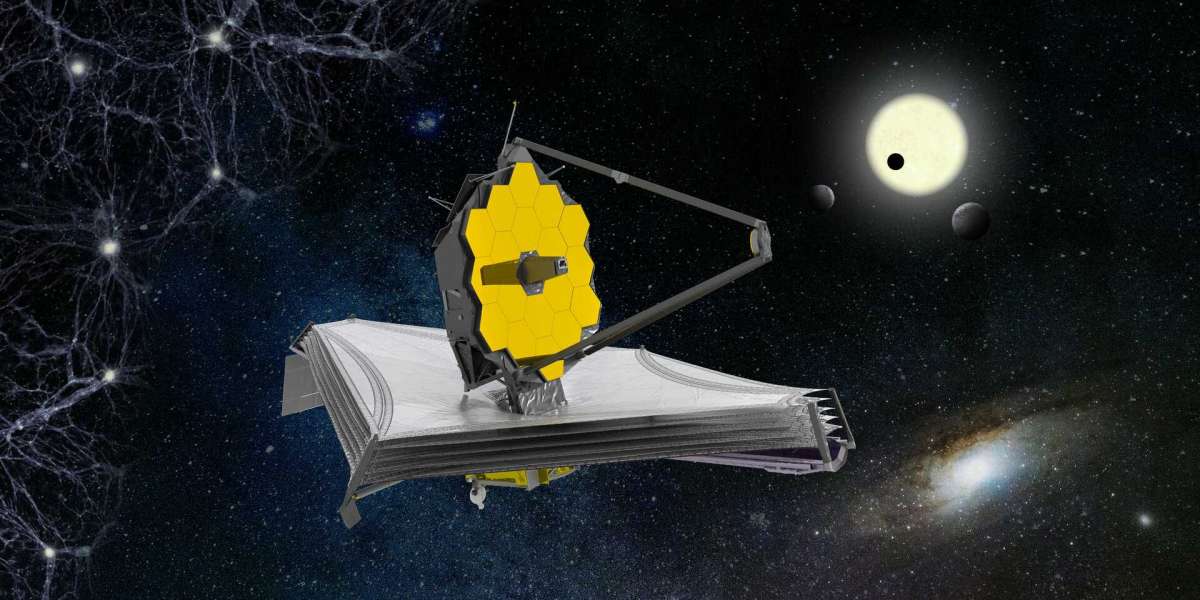When it spotted a water vapour cloud surrounding Comet Read, the telescope was focused on it. This significant discovery raises the possibility that ice preservation may be achievable even in the solar system's hottest regions. Because of this, information gleaned from the comet water found by the Webb Telescope may help explain how our planet came to have such a large supply of water at such a young age.
Comet Read is a member of the peculiar main-belt comet subclass. They occasionally behave like comets, but their circular orbits around the sun make them more like asteroid-belt objects than comets. Contrary to traditional comets, which lose their substance through the melting of ice, main-belt comets frequently only exhale dust. The discovery of water on Comet Read calls into question the idea that because to their close proximity to the sun, many comets have little ice.
Research on the location of water in the solar system has been sparked by the discovery of water in the asteroid belt. These details may be needed to determine whether Earth-like planets exist in other planetary systems.
The Webb Telescope's finding of comet water serves to emphasise the importance of ongoing space research. The discoveries obtained there may provide answers to mysteries within our own solar system, but they may also offer indications to the greatest mysteries in the universe. Since each new discovery increases our comprehension of the intricate structure of the universe, astronomers studying the cosmos have a promising future.
Read more,



